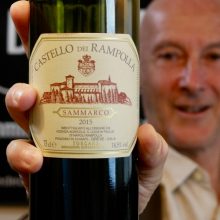
Product information
Castello dei Rampolla ‘Sammarco’ 2015
$119
Description
Cabernet & Merlot power through in the Sammarco with Sangiovese playing a supporting role. A fascinating wine. Don’t think of it as Cabernet from Bordeaux or Australia, think of it an excellent red wine. A lovely core of sweet black fruit is wrapped in playful, appropriately edgy tannins with just the right amount of grip. It’s rustic, no I don’t mean Bretty, yet elegant, those edgy tannins of Cabernet from Rampolla. A perfume of violets shines through. Little bits of truffle and earthiness. So much fun, very together and of great harmony.
Both the 2015 and 2014 have very expressive aromas. The 2015 has a more immediate generosity and approachability on palate than the 2014. The 2014 has slightly more perceived acidity, bringing out the tannins. At has the core of fruit and will resolve in time.
Give it another 10 years and it’ll be in a happy place!
🔥Hot tip from Luca – Drink it on day 2 it’s when the tannins are the best!
Out of stock
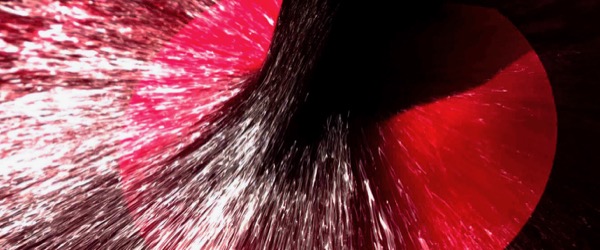
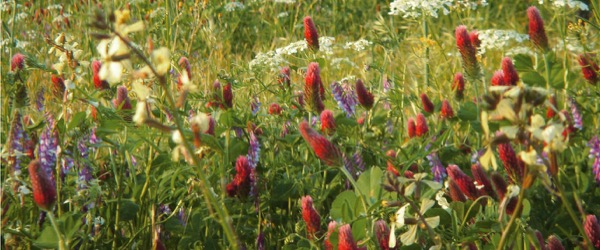

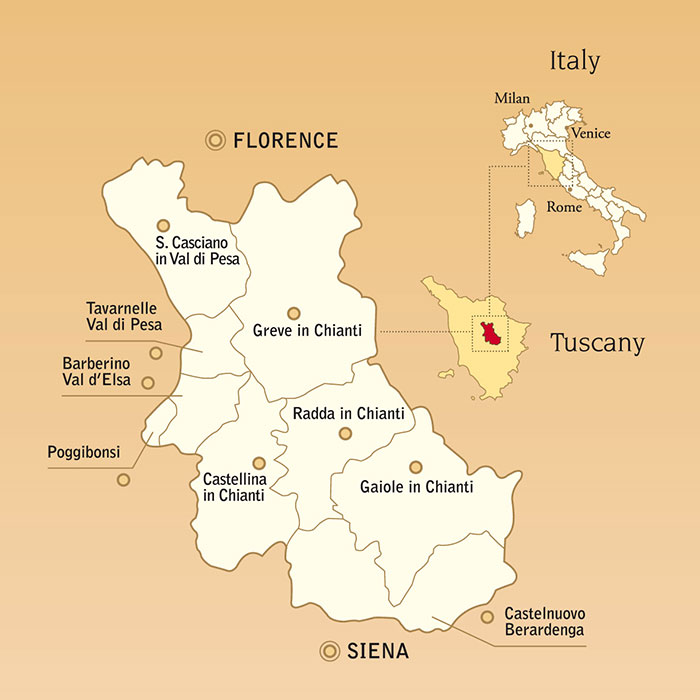
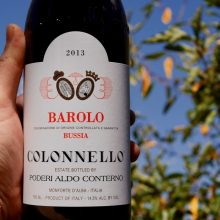
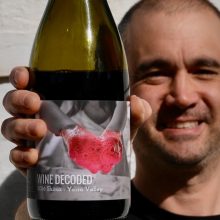
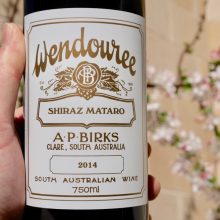
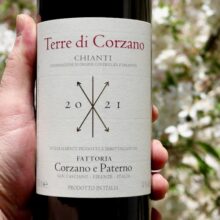
You must be logged in to post a comment.